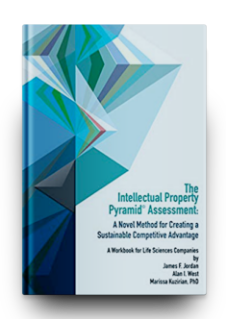
Building on the concepts in Jim’s previous book, this text goes beyond the manufacturer’s customer outcomes to include the broader concept of absolute outcomes for the entire health system.
Healthcare is filled with specialists: thus, details on the totality of how the system is interconnected are difficult to find. Academic publications split the topic into public health and healthcare delivery, while industry experts excel at detailing sub-components.
Similar to the study of economics, an understanding of both the macro and micro components are necessary to effectuate topic mastery.
This book details a macro understanding of our nation’s healthcare system and provides sufficient micro detail to link to specialized topics, such as hospital or nursing home care.
The book will broadly discuss how the federal government works, how it is structured, and how its numerous agencies invest in improving national outcomes.
Detailing government public and population health organizations, programs, and initiatives helps the healthcare student and healtcare executives leverage national efforts into their healthcare delivery organizations profit and loss.
Readers will understand the structural components and business models of the entire U.S. healthcare system. Comprehending how reimbursement and healthcare information systems integrate into business models is the foundational knowledge that allows readers advancement to the highest levels of health care. Knowledge of the existing system develops skilled leaders with the ability to adapt and solve future problems as our healthcare system evolves.
This book will specifically identify and flow chart the entire system, detailing the reimbursement system and will provide a healthcare IT overview. Key features of the book are:
- A demonstration of how the Code of Law and Code of Federal Regulation are linked and influenced
- An explanation of how public and population health programs can reduce healthcare provider costs
- A Health Care Systems Flow Chart detailing the linkage among the various healthcare delivery components
- A reimbursement chapter detailing and summarizing details on how the U.S. reimbursement, the generator or revenue, works
- A detailed discussion and overview of how Healthcare IT is the keystone to understanding operational efficiency, quality improvement and big data opportunities
At the conclusion of this book, readers will understand how to navigate, influence, and leverage government initiatives into their organizations.
Contact for more information





